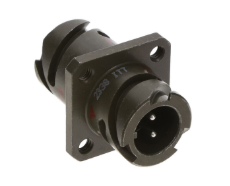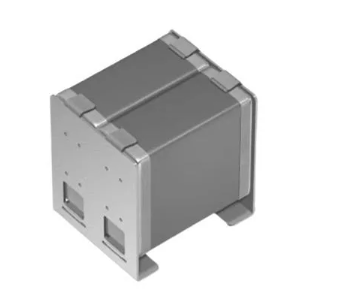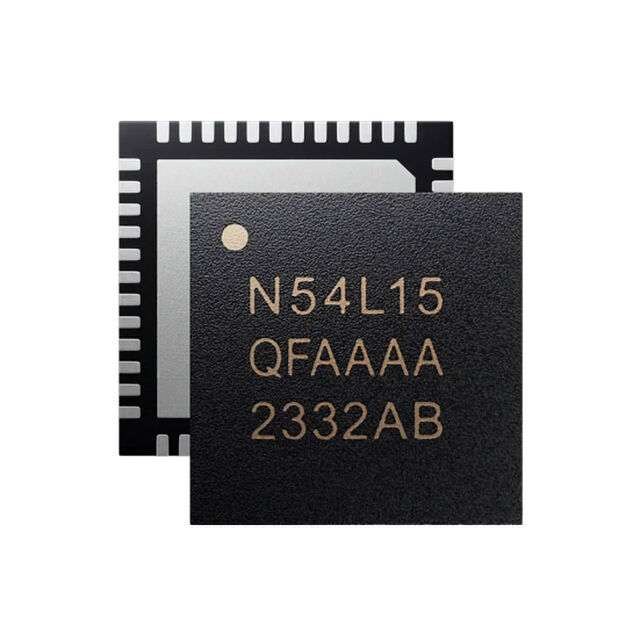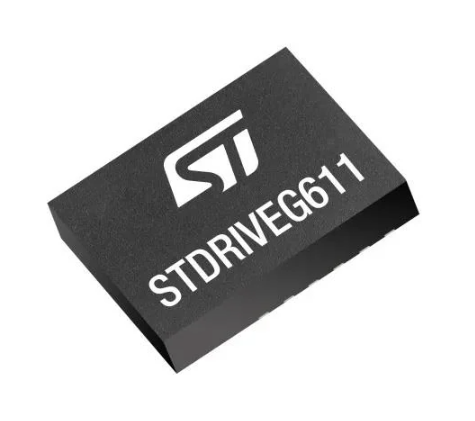Thermoset vs. thermoplastic polymers: choosing the right material
Here, Patrick Faulkner, Lead Engineer at Accu, explores the key differences between thermosetting plastics and thermoplastics and why it’s important for engineers to choose the right material for specific electronics applications.
In precision engineering - and particularly in the electronics industry - selecting the correct material is crucial to ensure component reliability and performance. Thermosetting plastics (thermosets) and thermoplastics are two of the most widely used polymer types in electronic applications and each has unique characteristics that make them suitable for different applications.
What is a thermoset plastic?
A thermoset plastic, or thermosetting polymer, is a type of plastic that undergoes a chemical change when heated, resulting in a permanent hardening. Following this curing process, the material cannot be remelted or reshaped. The defining feature of thermosetting plastics is their ability to form strong, three-dimensional networks of polymer chains that create a rigid and durable structure.
Thermoset plastics are known for their high heat resistance, which makes them ideal for environments with frequent exposure to elevated temperatures. Under direct heat, thermosets will burn or char as opposed to melting. Thermosets also exhibit excellent dimensional stability and resistance to deformation under stress, making them particularly suitable for use in electronic components that endure harsh conditions, such as circuit board mounts, insulators and connectors. However, despite their strength, thermosets can be brittle and prone to cracking under impact or when used incorrectly.
Examples of thermoset plastics commonly used in electronics include epoxy resins, phenolic resins and polyester resins, with each material offering different advantages. For example, epoxies are tough, flexible and chemical-resistant, while phenolic is flame-resistant. These materials are often used in applications where long-term durability and thermal stability are critical.
What is a thermoplastic?
A thermoplastic is any plastic that becomes soft and pliable at a specific temperature and solidifies upon cooling. These materials can be re-melted and recycled and are often stored as pellets before moulding. Common examples include acrylic, nylon, polyester, polypropylene, polystyrene and Teflon (PTFE).
Unlike thermosetting plastics, thermoplastics can be heated and reshaped multiple times without undergoing any chemical change. This is known as ‘reversible softening.’ When heated, thermoplastic polymers soften and become mouldable and upon cooling, they harden again. This ability to be repeatedly reshaped makes them highly versatile and suitable for a wide range of manufacturing processes.
Thermoplastics offer advantages including being easily recyclable, ease of processing and the ability to be moulded into complex shapes. These properties make thermoplastics ideal for use in electric components such as housings, connectors and insulation, where flexibility and ease of production are crucial.
However, they cannot withstand the high temperatures that thermosets can endure and some thermoplastics can degrade when exposed to certain chemicals, limiting their use in harsh environments. On the other hand, some thermoplastics like PP are resistant to many harsh chemicals, so with the ease of blow moulding they are ideal for holding acids and solvents in environments such as laboratories and kitchens.
Common examples of thermoplastics in electronics include polyethylene (PE), polypropylene (PP), polystyrene (PS) and acrylonitrile butadiene styrene (ABS). These materials are often selected for their lightweight properties, impact resistance and the ability to be easily processed via techniques like injection moulding or 3D printing.
Key differences
As well as behaving differently under heat, another important difference between thermosetting plastics and thermoplastic polymers is their chemical structure. Thermosetting plastics feature cross-linked polymer chains that form a rigid structure when set, this offers superior resistance to heat and chemicals. However, this structural integrity comes with the limitation that thermosets cannot be remoulded or recycled after the curing process is complete.
Thermoplastic and thermosetting polymers are also differentiated by their mechanical properties - thermoplastics tend to be more flexible and impact-resistant, while thermosets are more rigid and resistant to deformation under stress.
Applications in electronics: Which polymer should you choose?
In the electronics industry, the choice between thermosetting plastics and thermoplastic polymers often depends on the specific requirements of the application. Thermosetting plastics commonly used in electronics, such as epoxy resins and phenolic materials, are valued for their ability to resist both high temperatures and electrical conductivity. These materials commonly feature in components like circuit board substrates, connectors and insulators, where thermal stability and electrical insulation are essential.
On the other hand, thermoplastics like ABS and polycarbonate (PC) are often chosen for their flexibility, ease of moulding and recycling. This makes thermoplastics ideal for applications where components need to be lightweight, durable and easily moulded into complex shapes, such as mobile phones and computer housings, thermoplastics are often preferred.
Final thoughts
Understanding the key differences between thermoset and thermoplastic polymers is crucial for engineers across all industries. By considering factors such as heat resistance, mechanical stress and recyclability, engineers can make informed decisions about which material best suits their design needs.
Whether you are choosing thermoplastic polymers for ease of manufacturing and impact resistance or thermoset plastics for heat resistance and dimensional stability, selecting the right material will help ensure the reliability and performance of your electronic components.







